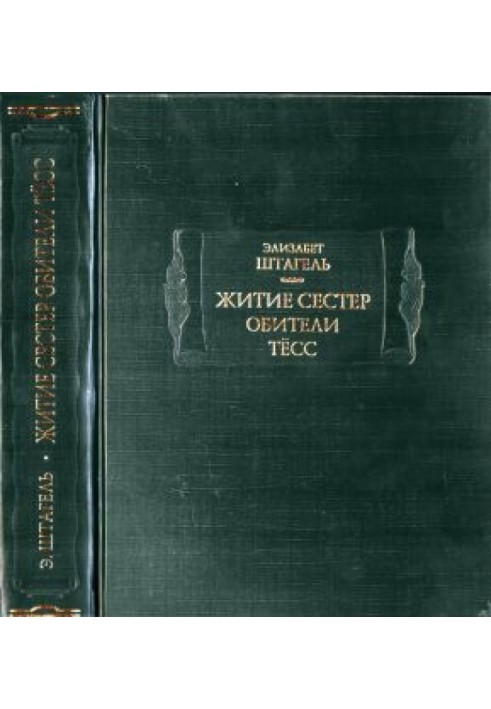The Life of the Sisters of the Tess Monastery
 Instant download
Instant download
after payment (24/7)
 Wide range of formats
Wide range of formats
(for all gadgets)
 Full book
Full book
(including for Apple and Android)
This publication continues the line opened earlier in the “Literary Monuments” series with the volumes of the German mystics Meister Eckhart and his student and associate Heinrich Suso. The book is based on the work of the latter’s spiritual daughter and co-author, the Dominican nun Elisabeth Stagel (c. 1300-1360). “The Lives of the Sisters of the Töss Monastery” (Winterthur, c. 1340) in genre is a monastic chronicle compiled on the basis of memoirs elderly nuns and handwritten notes of the late sisters of the Dominican Order, as well as personal observations of E. Stagel herself. In fact, this is a kind of unprecedented chronicle of mass psychoses that struck a number of monasteries in eastern Switzerland and southern Germany in the 1st half of the 14th century, an outline of deviant forms of religiously motivated behavior: ascetic exercises, ecstasies and miracles. At the same time, the Lives are one of the great works of German-language literature of the late Middle Ages. The Lives of E. Stagel are accompanied by other representative texts of primary importance, grouped in the Supplements section. Part I of section consisted of works representing the female mystical tradition of Germany at the turn of the 13th-14th centuries in all the diversity of its geographical (Western, Eastern) and genre variations: “The Little Book of the Unbearable Burden of Grace” by Christina Ebner (Nuremberg), “Revelations” by Adelheid Langmann (Nuremberg) and “Revelations” by Margaret Ebner (Medingen, Upper Danube). If Part I contains the works of the Dominicans, then Part II contains the works of the Beguines: the message of Christina of Stommel to Peter VII of Dacia (near Cologne) and selected chapters from “Life and Revelations” by Agnes Blannbekin (Vienna). Acquaintance with these texts will allow the reader to fully experience the abyss that separated the spiritual and poetic world of the Dominicans, raised by the grandees of medieval scholasticism and mysticism during many years of spiritual mentoring on their part, and the world of the Beguines, mostly spontaneous, filled with unbridled fantasy and images of chthonic antiquity ( diabolism, etc.). All works presented in this volume are published in Russian for the first time and, with the exception of “Life and Revelations” by Agnes Blannbekin, are translated in full, without any exceptions. An attempt is made in the accompanying article placed in the Appendices explain the phenomena described in translated texts. The mystical tradition is taken as a single whole, as a combination of different, although interconnected, layers: literary, behavioral, psychological and theological-theoretical. At the same time, original developments of domestic folkloristics are used. The behavior of charismatics of both sexes is interpreted as spontaneous dramaturgy in everyday life, as a “performative practice” of oneself, responding to the searches of modern avant-garde theater and capable of enriching its stage experience. Theater studies are closely linked to the general theory of culture. As a useful addition to the materials published in the volume, a unique autograph (Rh 159) of the visionary from Zurich Elsbeth von Oye, which escaped any editorial changes and has never been previously published. All published works are thoroughly commented on. The publication is equipped with a rich visual range: a map of the location of the Dominican convents in Central Europe discussed in it, a plan of a typical convent (Otenbach, Zurich), as well as informative illustrations.
Data sheet
- Name of the Author
- Элизабет Штагель
- Language
- Russian
- Translator
- Михаил Юрьевич Реутин












